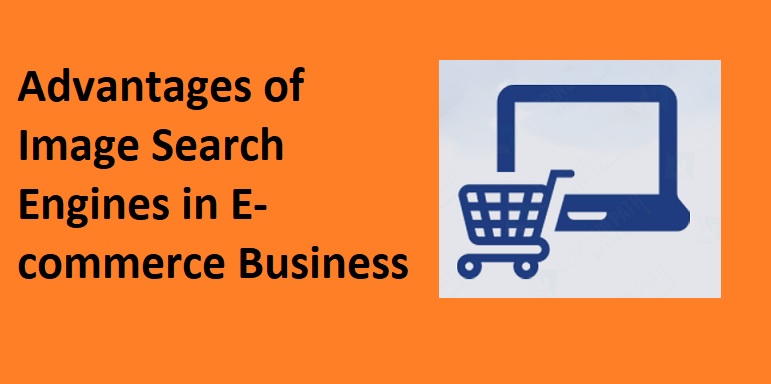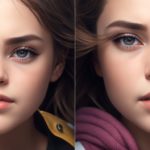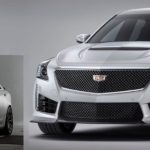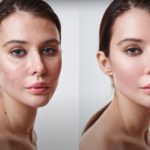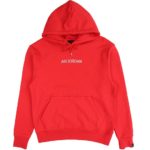An image search engine maintains a searchable database of images. Users need to type a keyword and the search engine shows a relevant image instantly. Besides using metatags associated with images, search engines have evolved to understand images as well and show results based on their interpretation of images.
Good images can help you rank on search engines and gain more traffic.
Most companies do not focus more on image optimization and hence they lose a great deal of traffic. This is even more important for companies whose products or services are visually driven.
E-commerce businesses can take advantages of great visuals that a photo-editing company can create and optimize for organic search. Fresh organic traffic results in more sales and high revenue. Images are what give you this leverage.
How to optimize images for search engines?
E-commerce portals feature product images which help customers learn a great deal about the products they intend to purchase. Additionally, properly optimized images also help a webpage rank in search engine results.
Here are some of the tips to optimize images.
- Keep the images smaller in size. It helps improve page load times and load a website faster. As a result, user experience is improved.
- Provide all necessary metatags, including files names and image alt tags. Optimized metatags help search engine what your image is all about.
- Use only relevant images that add context to your webpages.
- Place your images at the top of the page and add additional value to your page’s content.
- Create a structural URL to give more details about what your image is.
Image Format and Compression
Most common image formats include JPEG, PNG and GIF.
JPEG or JPGs are the most popular because they are smaller in size and considered great for photographs. They are basically a compression technique, which resulted in low quality images.
Data is lost while compressing and the image quality suffer a bit, too. Also, JPGs are not good for text images and images with sharp edges and they also do not support transparency.
PNGs, on the other hand, are great to support transparency and are less lossy than JPGs. However, they often result in bigger file size than JPGs and are not good for large images.
GIFs are bitmap images that can be quite large in size. They are good for small file size, such as simple arts, logos and for animations. They are also good to support transparency.
SEO-friendly image file size
Image files should be responsive and fast-loading. Keep the file size small and well formatted for the web without losing any visual quality.
As mentioned above, PNGs are larger in size, but they come in lossless compression. JPGs, on the other hand, come in lossy compression, but they are smaller in size and faster to load than PNGs.
It is a good idea to use JPGs while displaying small images on webpages. PNGs can be used when viewers click on the image to see the larger version.
There is a trade-off between image size and page load time. Large image sizes decrease website speed, but they offer much clarity and attract customers.
Sizing refers to not just width and height of an image but also the resolution quality. While low resolution images load faster, they do not look good when zoomed in and can give bad user experience.
Image meta tags (image title tags, alt text)
Image meta tags are very important for search engine. These are what tell a search engine what an image is all about.
Title tags, though not a requirement, can help describe the image and include relevant, targeted keywords. Some browsers also show them as a guide when hovering over the image.
Alt tags or Alt text describe the image to search engines and visitors using a screen reader. Search engines place a high value on alt tags to determine what is on the image and also to determine the topic of the content surrounding it.
Lastly, an image sitemap can help search engine know about all the images available on your website. It also provides more information about these images.

